Finance Automation for E-commerce using QuickBooks
E-commerce has transformed the way business is being done in India. Indian E-commerce market is expected to grow to US$ 111.40 billion by 2025 from US$ 46.2 billion as on 2020. Much of the growth for the industry has been triggered by an increase in internet and smartphone penetration.
Small businesses must gear up within e-commerce band wagon by either opening their own e-commerce portal or tying up with e-commerce giants like Amazon and Flipkart for their survival in getting an icing share of the fast-growing E- commerce.
When you compare Amazon and Flipkart charging huge commissions and hefty margin portions it becomes unviable if you don’t reach the large-scale market. Hence increasingly Small and Medium Businesses are venturing into their own e-commerce portal through platforms like Shopify which provide state of Plug and Play systems which is easy to run the chores. However, as the transactions grow, it also poses unique challenges on operations.
In this article, we will be discussing about challenges for finance and accounting department and probable solutions to run e-commerce business efficiently.
Challenges in E-commerce
- Multiple Sales channels
- Multiple Online Sales Portals or Accounts
- GST Accounting and mapping
- Sales Returns accounting
- Voluminous Transactions
- Customer Payment Reconciliations
Using Shopify, Amazon, Flipkart, and other platforms for selling can create massive challenge in tracking sales and manage inventory so that you fulfil the orders on time and keep up with the ratings.
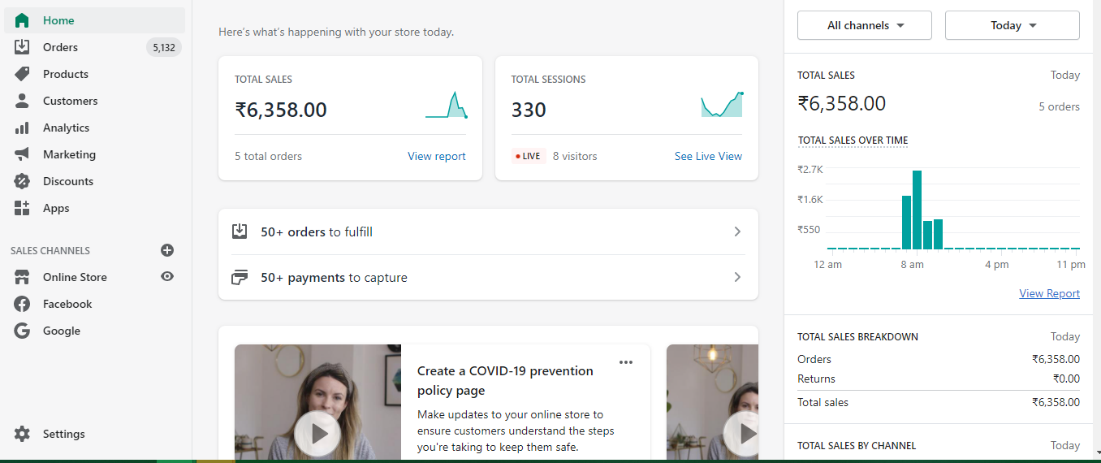
If you are using Shopify to host your online store, then a unique challenge arises of tracking the performance of each Shopify account or portal can be tedious process as you need the login credentials and have to download the report every single time and then consolidate sales data from each portal to arrive at daily sales
Product wise GST rates must be published in the e-commerce portal otherwise incorrect GST would be collected from customers; these can lead to serious economic damages. Tracking HSN codes along with tax rates and updating new SKU’s regularly on the platform can be laborious task
The biggest challenge in accounting for e-commerce transaction is accounting for sales returns and adjusting refunds with vendor balances. Some accountants just account for net sales however in such cases logistic costs and other ancillary costs must be mapped to a particular vendor, this can be tricky. Having individual Shopify accounts for each vendor can help resolve this issue to certain extent.
The sheer quantum of sales and purchase transaction on e-commerce platform can look daunting for an accountant to record transactions and report results. Back-end integration with QuickBooks tools and use of smart excel tools can automate a lot of bookkeeping activity and free up time at the same time reduce errors
Again, volume of transactions on payment gateways can be overwhelming for any accountant to match sales with customer payments. Things get even more complicated on cash on delivery orders. Certain payment gateways don’t capture customer details and these transactions remain in suspense for months. Razor pay has some solutions to match transactions and automates accounting.
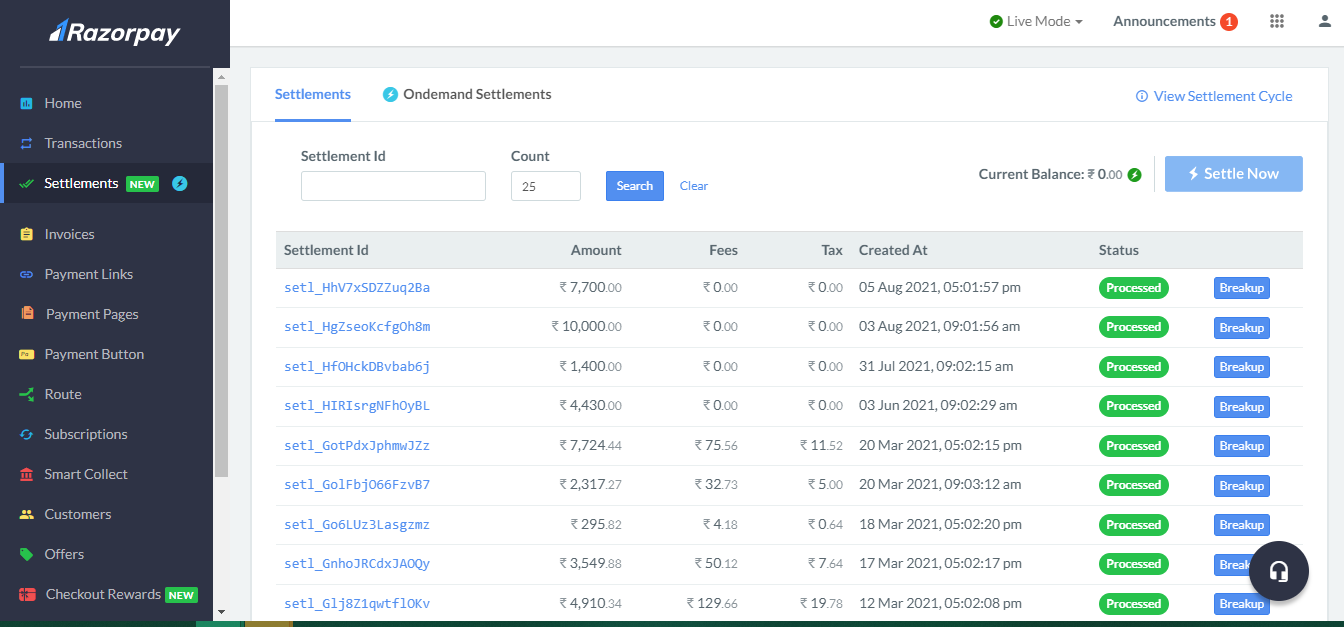
Tailormade Solutions catering the challenges for E-commerce
- Shopify connector by Intuit
- Excel Import to QuickBooks
- Store Hippo application
- Zapier for Integration with other ecommerce apps
Easy to setup shopify integration provided by intuit is quick way of getting your sales data from shopify automatically flowing to QuickBooks thereby eliminating data entry into QuickBooks

Excel merger is a manual process of uploading sales data downloaded to excel from shopify and import to QuickBooks directly using import feature. It is useful to integrate multiple shopify stores economically
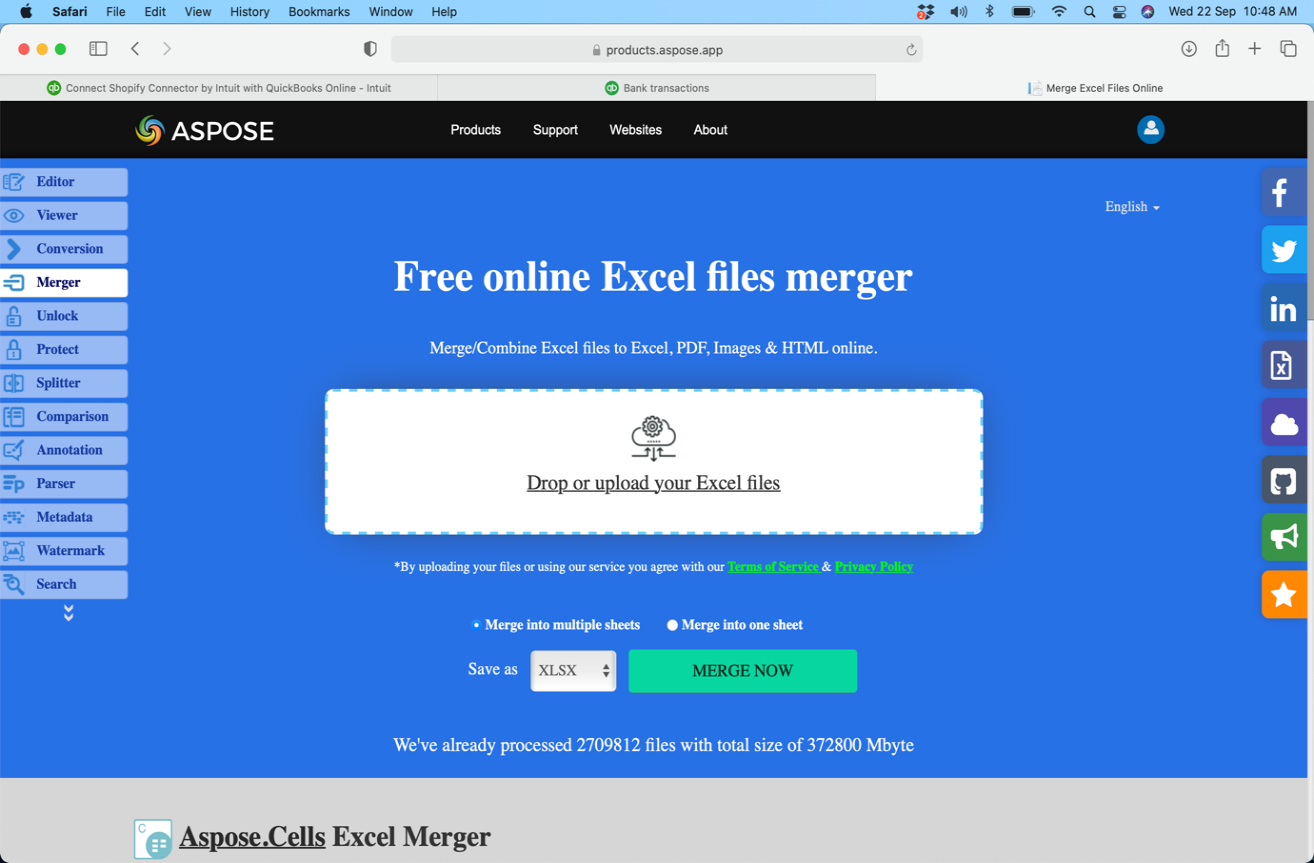
If you are having multiple shopify accounts and want to automatically integrate to QuickBooks this is a ready-made tool, however expensive solution
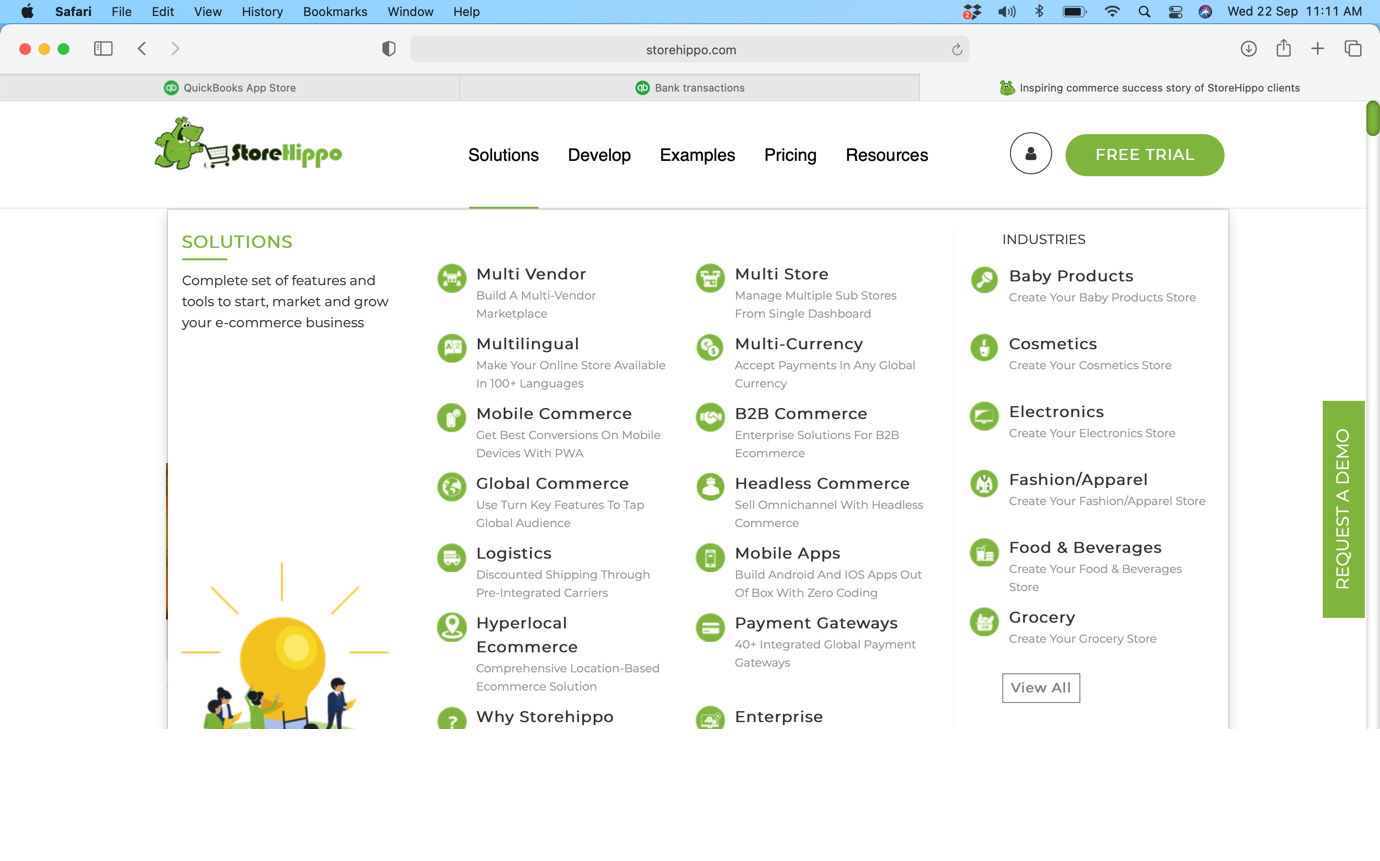
One of the most tried and tested integration tools, however tough to setup and maintain but cost effective.
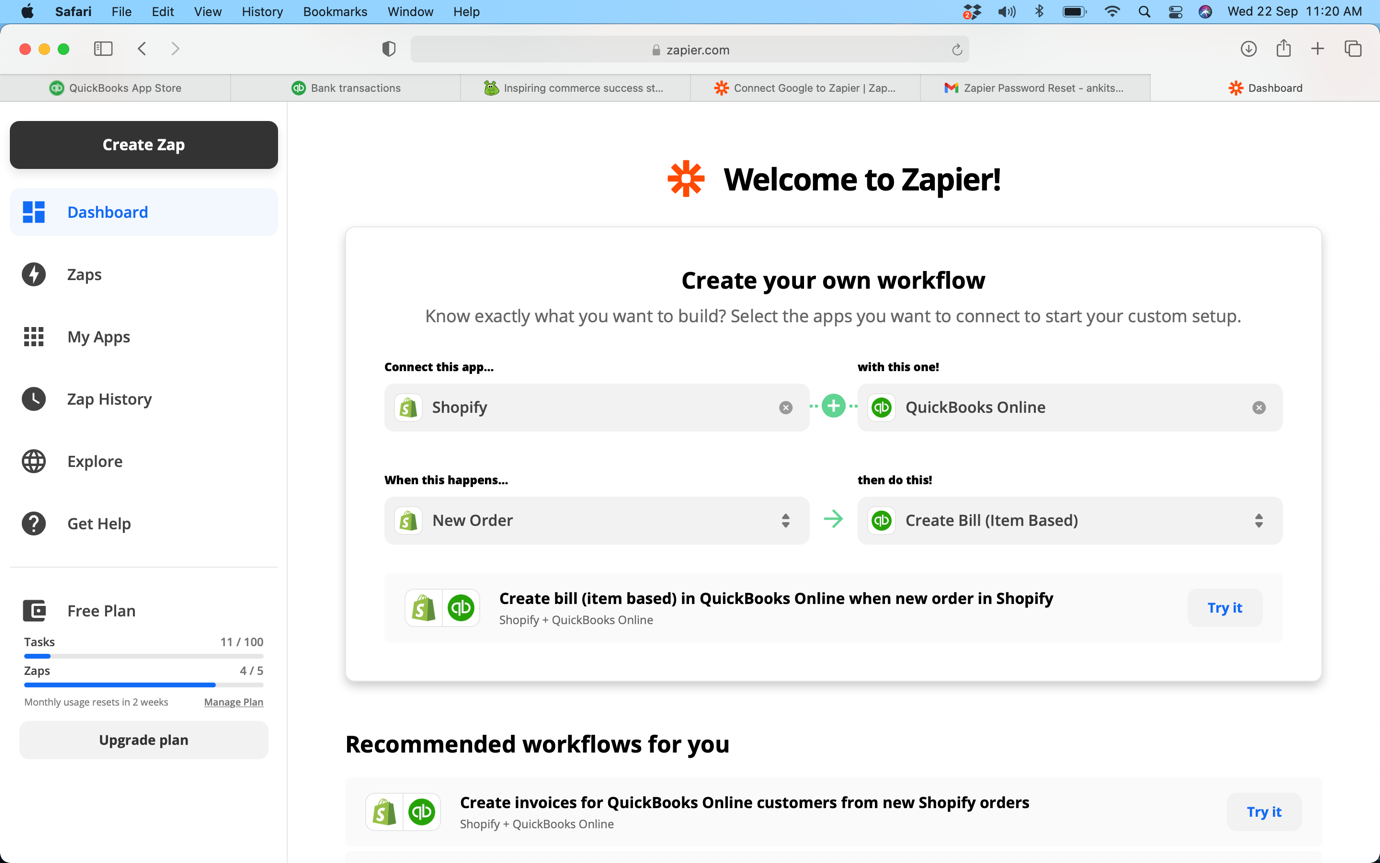
Let’s do a quick comparison of all the integration solutions
Disclaimer:“Information contained herein is for informational purposes only and should not be used in deciding any particular case. The entire contents of this document have been prepared on the basis of relevant provisions and as per the information existing at the time of the preparation. Though utmost efforts have been made to provide authentic information, it is suggested that to have better understanding and obtaining professional advice after thorough examination of particular situation.”
Please share:
Prepared By

CA Ankit C Shetty
Managing Partner
Date: 8-11-2021